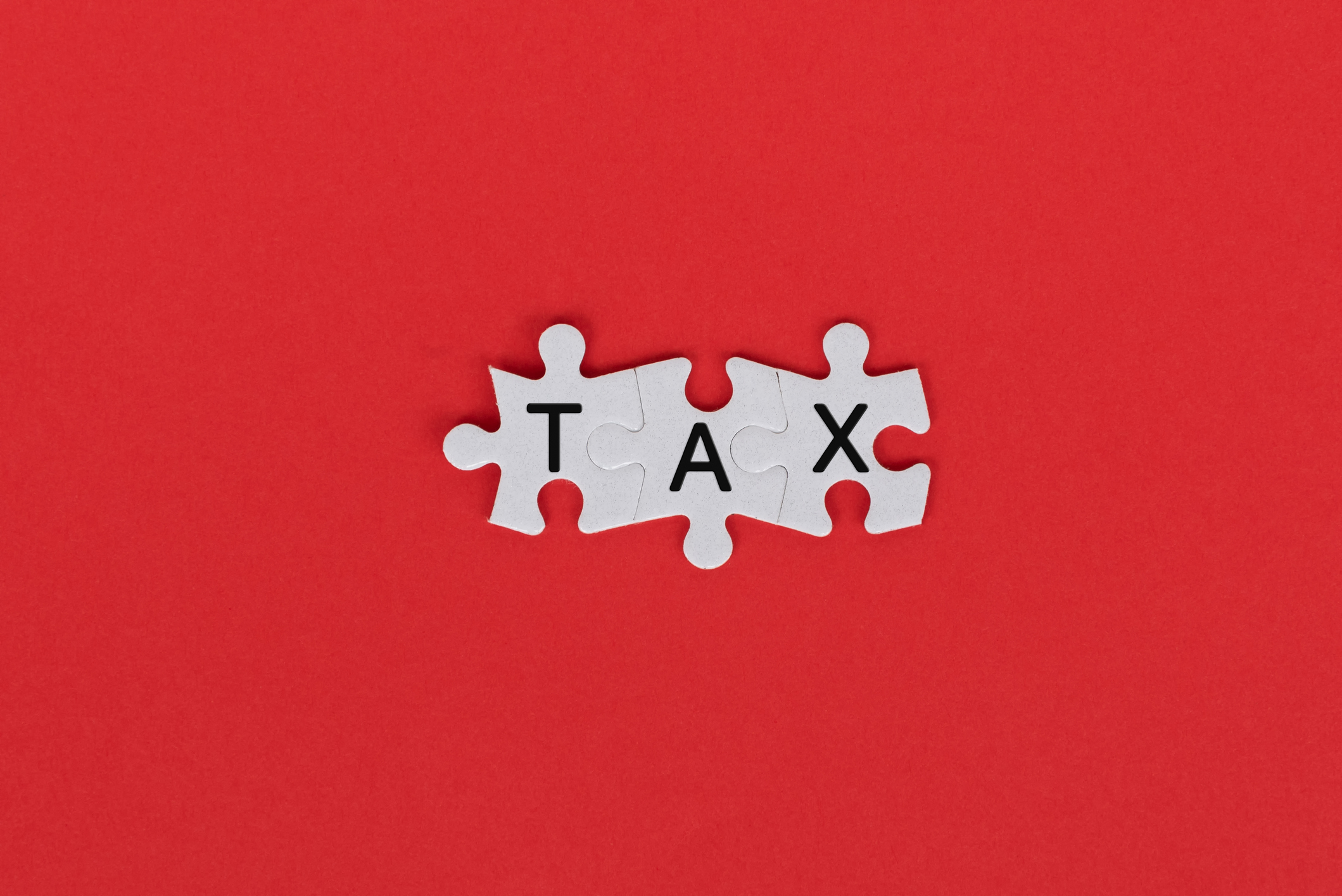
Capital gains taxes are levied on profits from the sale of assets like stocks, mutual funds, and real estate. The rate at which these gains are taxed depends on your taxable income and how long you've held the asset. But keep in mind that capital gains tax rates are generally lower than the tax rates for ordinary income, like wages.
Let's examine the 2025 rates for long-term capital gains (assets held for more than a year) and highlight the changes from last year's rates. We will also review the new IRS threshold brackets for 2026.
Additionally, we will discuss short-term rates (ordinary income tax rates) and rates for specific capital gains tax situations, including those applicable to collectibles and the Net Investment Income Tax.
Note: For a detailed overview of capital gains tax basics, see Kiplinger’s report: What is Capital Gains Tax?
Long term rates
Long-term capital gains tax rates
Long-term capital gains tax rates apply to assets held for more than a year. These rates are structured to encourage long-term investment.
The rates are 0%, 15%, or 20%, depending on your income level; essentially, the higher your income, the higher your rate. The income thresholds for long-term capital gains are adjusted annually for inflation.
If you compare the capital gains tax rates from 2024 and 2025 below, you can see the impact of inflation adjustments.
The 2025 capital gains tax thresholds increased by about 2.8% across various filing statuses from the prior year.
For instance, with single filers, the 0% rate now applies to incomes up to $48,350 in 2025, up from last year's threshold of $47,025.
The 20% rate threshold for single filers rose substantially from $518,900 in 2024 to $583,400 for 2025.
For married couples filing jointly:
- The 0% rate threshold increased by 2.82%, from $94,050 last year to $96,700 for 2025.
- The 20% rate threshold rose from $588,750 to $600,050.
Head of household filers also experienced changes:
- The 0% rate threshold increased by about 2.78%, from $63,000 last year to $64,750 for 2025.
- The 20% rate threshold jumped from $551,350 to $566,700
These inflation adjustments are designed to prevent "bracket creep," where taxpayers might be pushed into higher tax brackets due to inflation rather than actual increases in real income.
2025 capital gains tax rate income thresholds
Here are the 2025 long-term capital gains income brackets. These represent an increase of about 2.8% from 2024 levels, which aligns with the inflation-adjusted federal income tax brackets for 2025.
Capital Gains |
Taxable Income |
Taxable Income(Married Filing Separate) |
Taxable Income(Head of Household) |
Taxable Income |
0% |
Up to $48,350 |
Up to $48,350 |
Up to $64,750 |
Up to $96,700 |
15% |
$48,351 to $533,400 |
$43,351 to $300,000 |
$64,751 to $566,700 |
$96,701 to $600,050 |
20% |
Over $533,400 |
Over $300,000 |
Over $566,700 |
Over $600,050 |
2024 long-term capital gains tax brackets
If you haven't filed your 2024 tax return yet, here are those thresholds and associated rates.
Capital Gains |
Taxable Income |
Taxable Income(Married Filing Separate) |
Taxable Income(Head of Household) |
Taxable Income |
0% |
Up to $47,025 |
Up to $47,025 |
Up to $63,000 |
Up to $94,050 |
15% |
$47,026 to $518,900 |
$47,026 to $291,850 |
$63,001 to $551,350 |
$94,051 to $583,750 |
20% |
Over $518,900 |
Over $291,850 |
Over $551,350 |
Over $583,750 |
2026 capital gains tax rate income thresholds
The IRS has released the 2026 long-term capital gains income brackets. (You'll use these numbers for tax returns normally filed in early 2027.)
Capital Gains |
Taxable Income |
Taxable Income(Married Filing Separate) |
Taxable Income(Head of Household) |
Taxable Income |
0% |
Up to $49,450 |
Up to $49,450 |
Up to $66,200 |
Up to $98,900 |
15% |
$49,451 to $545,500 |
$49,451 to $306,850 |
$66,201 to $579,600 |
$98,901 to $613,700 |
20% |
Over $545,500 |
Over $306,850 |
Over $579,600 |
Over $613,700 |
Short term rates
Short-term capital gains tax rates
Short-term capital gains are for assets held for one year or less. They are taxed at the same rates as ordinary income. As a result, depending on your taxable income and tax bracket, these rates range from 10% to 37% for 2025.
Like long-term capital gains, ordinary federal income tax rates are adjusted yearly for inflation. For information, see 2025-2026 Federal Tax Brackets and Income Tax Rates.
Other considerations
Special capital gains tax rate situations

What is the 3.8% capital gains tax?
In addition to the capital gains tax, a 3.8% Net Investment Income Tax (NIIT) might apply to some taxpayers. This surtax is part of the Affordable Care Act and is sometimes called “the Medicare surtax.”
It applies to those with modified adjusted gross income (MAGI) above certain thresholds:
- $200,000 for single filers
- $250,000 for married couples filing jointly
- $125,000 for married individuals filing separately
Net investment income includes taxable interest, dividends, capital gains, passive rents, annuities, and royalties. The surtax is calculated using Form 8960.
For more information, see Medicare Tax: Five Things Every Worker Needs to Know, and What is Net Investment Income Tax and Who Pays?
Collectibles tax rate: Are collectibles always taxed at 28%?
Gains from selling collectibles (art, antiques, precious metals, etc.) are taxed at a maximum rate of 28%. This rate only affects long-term gains; short-term gains from collectibles are taxed as ordinary income.
Note: For this special rule, the IRS says a "collectible" can be antiques, a work of art, a stamp, a coin, a bottle of wine or other alcoholic beverage, gold or other precious metal, a gem, a historic object, or another similar item.
If you sell an interest in a partnership, S corporation, or trust, any gain from that sale attributable to the unrealized appreciation in the value of collectibles is also treated as gain from the sale of collectibles.
For more information, see Kiplinger's report Here's How Collectibles Are Taxed.
Capital gains tax rate for Qualified Small Business Stock
Some or all of your gain may be tax-free for qualified small business stock (QSBS) held for at least five years. For the remaining gains, a maximum tax rate of 28% applies. (This doesn't affect short-term gains taxed at ordinary income rates.)
As with the 28% rate for collectibles, if your ordinary tax rate is below 28%, that rate will apply to taxable QSBS gain.
Capital gains tax rate for depreciation
If you sell real estate with previously claimed depreciation deductions, you might face a capital gains tax of up to 25% on the unrecaptured depreciation.
Note: This taxable amount is known as "unrecaptured Section 1250 gain" (named after the tax code section covering gain from the sale or other disposition of certain depreciable real property).
- The rest of the long-term gain is taxed at standard long-term rates.
- The 25% rate applies only to long-term gains.
FAQs About Capital Gains Tax Rates
1. Do states have their own capital gains tax rates?
Many states tax capital gains as ordinary income, but a few have special rates or no income tax at all. Check your state Department of Revenue for details.
2. How can I minimize my capital gains tax liability?
Consider strategies like tax-loss harvesting, holding investments for more than one year, and taking advantage of tax-advantaged accounts like IRAs and 401(k)s.
3. Are capital gains from cryptocurrency taxed differently?
The IRS treats cryptocurrency as property, so capital gains from crypto sales are taxed at the same rates as other investments, depending on your holding period and income.
4. What is the wash sale rule, and does it apply to capital gains?
The wash sale rule prevents you from claiming a loss on a security if you purchase a substantially identical security within 30 days before or after the sale. The rule applies to losses, not gains, but it's important when dealing with tax loss harvesting strategies.
5. Did the new 2025 Trump tax law change capital gains rates?
No. The law often referred to as the "big beautiful bill" didn't change capital gains tax rates. However, the tax and spending bill, signed into law by President Trump on July 4, 2025, makes numerous changes to the tax landscape.
Bottom Line
Understanding capital gains tax rates is important for financial planning. If you expect significant gains from investments, it's a good idea to calculate your potential tax liability and plan accordingly.
Additionally, stay informed about annual changes in tax rates and thresholds to make the most of your investments.
Planning can help minimize your potential tax liability while you maximize your returns.







